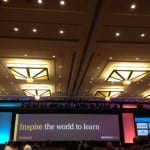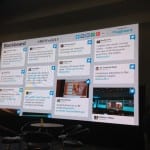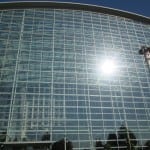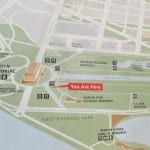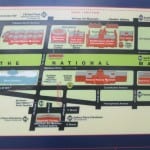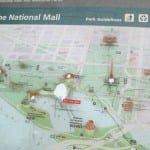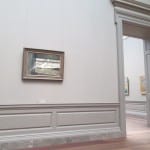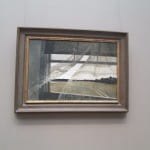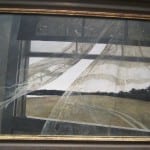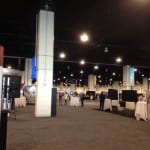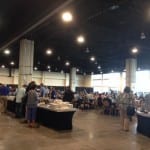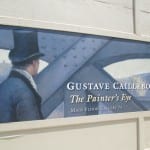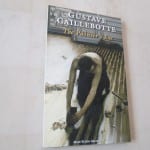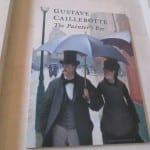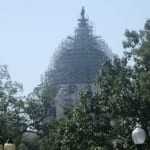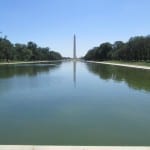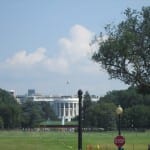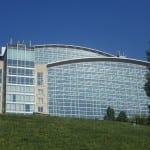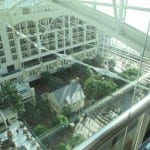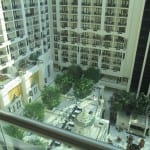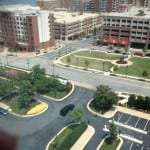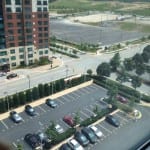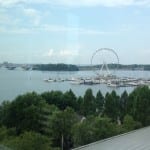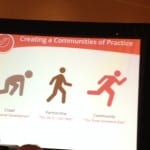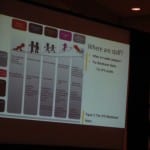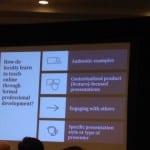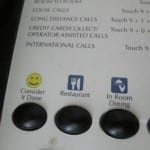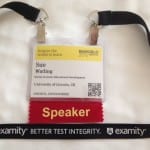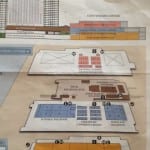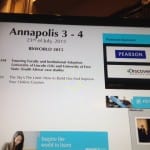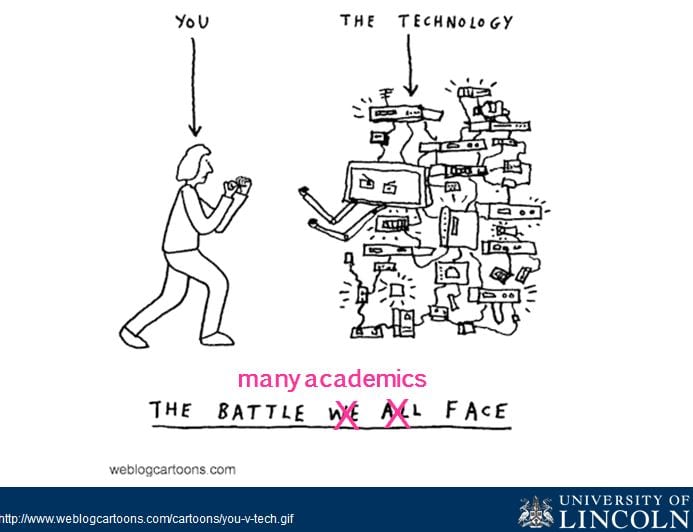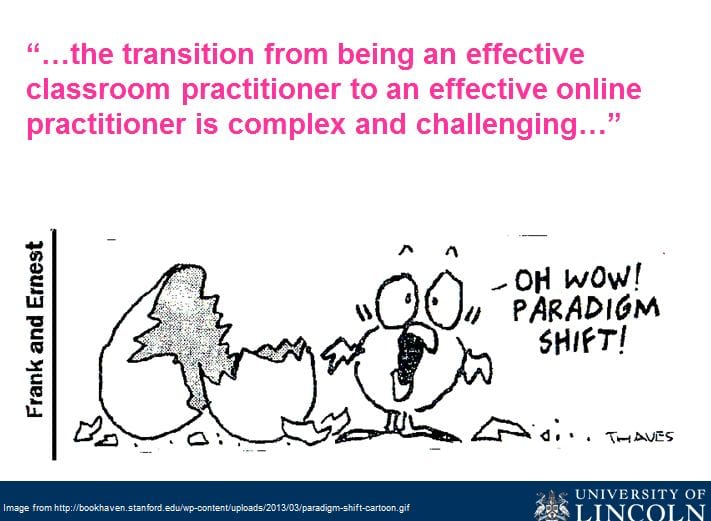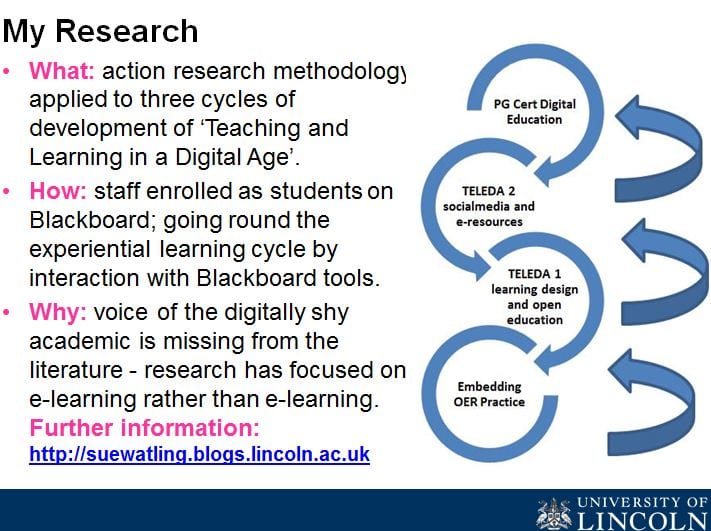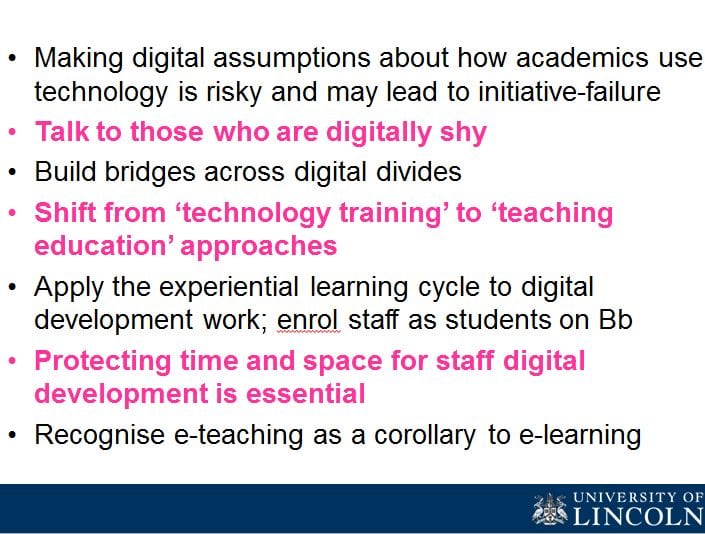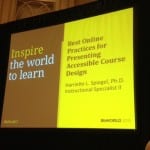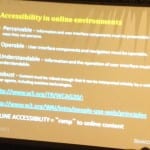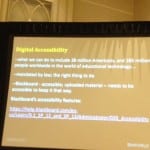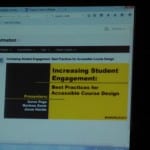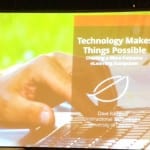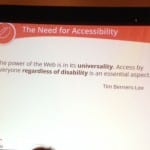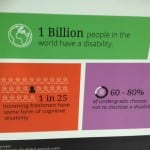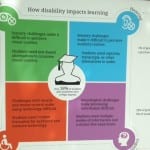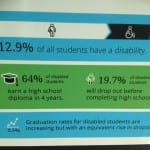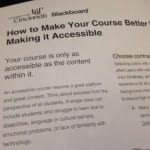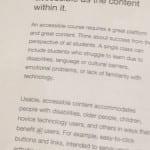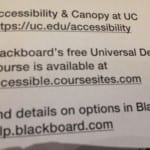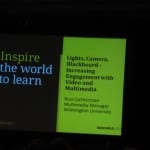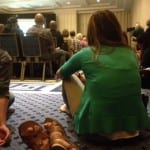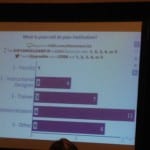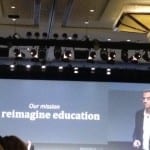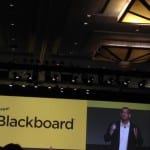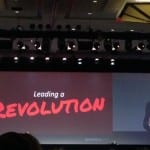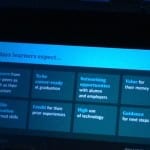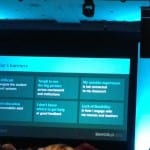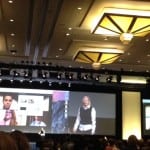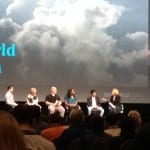Our internet enabled lives brings everything to us via the screen. This makes it easy to forget the delight of an original experience. Delight was a BBWorld word. Not an adjective I’d have associated with VLE but Jay Bhatt used it a number of times in the opening keynote. Does Blackboard delight me? Probably not. Frustrating and at times upsetting maybe – but not delight. I tell myself affordances matter more than appearance.
However the association does reinforce how we’re all in relationships with our technology. If in doubt, go to work without your phone. Analyse what this feels like. The relationship between you may be more deeply complex than you realised. Today, free public wifi is increasingly available and we take connection for granted but in the convention centre I couldn’t log on (frustrate, upset etc!) so decided to go solo, aware that wherever I was, at least 75% of people were head down in active engagement with the internet, dividing their attention and multiple tasking. I describe myself as having analogue roots, realising as I get older, this is something unique. Soon no one will be able to tell it like it was at the beginning – in the pre internet days. I find this more alarming than delightful.
Conferences are only ever a brief visit to a different place. Your experience of any cultural difference is limited but often there’s a gap between registration and the opening session plus a night flight home gives the best part of a day to get out and about. BBWorld seemed a long distance from Washington DC although maybe through US eyes it was next door. I met people from mid and western states who’d hopped on a plane to be there like we’d catch a bus. The hotel ran a shuttle to Union Station so I did my homework and bought a map.
I tend to believe the real is an improvement on the virtual copies we’re becoming accustomed to in particular with art, for example any painting by da Vinci or Botticelli has a quality which gets flattened out in the digital or paper versions. During a brief sprint around Washington’s National Gallery of Art I looked at Wind from the Sea by Andrew Wyeth and realised the digital copies I was used to seeing had the opposite effect. The painting looked better online than face to face. I’ve been trying to analyse this ever since.
It’s an image of net curtains blowing in the breeze. Being net they’re translucent making it easy to see the countryside beyond. In the virtual versions I’d been struck by both the simplicity and photographic quality of the image. Seeing it in the real was like gestalt in reverse. The whole was less than the individual parts, in particular the fine, thin brush strokes of the net curtains foregrounded in black lines. As a photograph can focus on what is closest to the lens and blur what lies beyond, so this had the same effect. The virtual gave you the overall the image while in the the real, this foregrounded layer stood out and prevented me from taking in the whole picture; an effect which is completely invisible in the copy.
Virtual environments widen opportunities for educational participation, student centred choice and life long learning, but making the most of internet enabled education requires sophisticated digital literacies. Not only do we need the skills to authenticate what we find online, we also need to know the difference between the real and the virtual. Both my analogue roots and digital inclusion soapbox keep me grounded with continual reminders of the socially constructed nature of digital connections. The impact of the internet is a subject we’re all involved in with regard to education but the extent to which we reflect on it is less well documented. Digital capability frameworks are bringing in issues of digital identity and the permanence of digital footprints, but the attention we give to cultural change is still minimal. Few curriculums include critical reflection on the social impact of the internet on their subject discipline or how individual digital practices exclude rather than include participation.
The value of conferences like #BBWorld15 is the time and space they give individuals to engage with their own areas of expertise. What they could do more of is give time and space to the wider implications of teaching and learning with regard to the implications of working with the virtual versus the real. At the National Gallery of Art there was an exhibition by impressionist painter Caillebotte which included The Floor Scrapers, a painting which first showed me how art could substitute photography. This was an unexpected surprise and – to use Jay Bhatt’s word – a total delight – an experience very much improved in the real over its copy in the virtual world.
Washington DC landmarks are iconic to a degree you feel familiar with them. It must be similar for people visiting London for the first time. Using the virtual/real duality I’m reassured that for me (with the exception of the scaffolded dome of the US Capitol) the instances of the real had a more powerful effect than the virtual. The challenge for us all is to ensure virtual learning experiences are equally powerful – with affordances which at times exceed – the experience of learning in traditional environments which are face to face.
